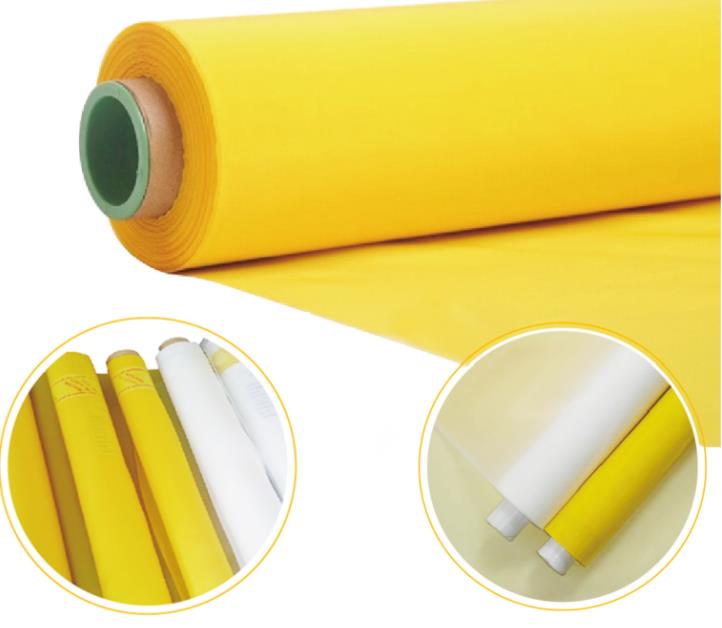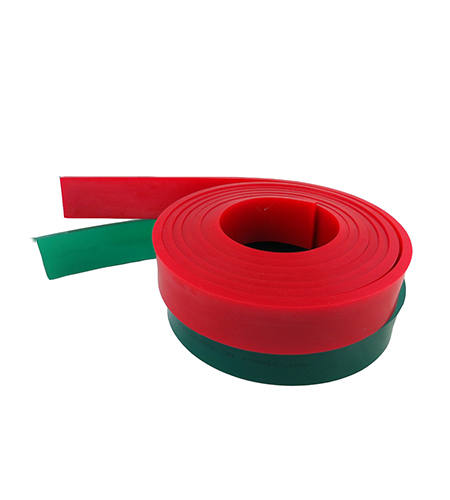1. Sensitive film, which senses laser light, is used to make plates.
2. Sensitive printing plate, which senses uv (ultraviolet) light. The principle is that there are transparent parts and opaque graphics and text parts on the produced photosensitive film (laser phototypesetting) (only black, no gray, see the gray in the printed matter) It is also composed of countless small pure black dots), put the photosensitive film on the photosensitive printing plate and expose it under the UV lamp. The opaque part on the photosensitive film blocks the UV light and prevents the printing plate from photochemical decomposition. , And the transparent part is decomposed by light, and the printing plate is cleaned by chemical syrup, and the printing plate is made.
Requirements for photosensitive materials:
The plate-making performance is good, it is easy to coat, and there is an appropriate light-sensitive optical range. This is the requirement of the silk-screen plate-making for photosensitive materials. Because if the photosensitive wavelength, plate making operation and printing plate storage require strict darkroom conditions, the wavelength is too short, the selection of the light source, and the protection of personnel will become more difficult. The high sensitivity can achieve the purpose of energy saving, rapid plate making, and good development performance. The resolution is high, and the stability is good, which is convenient for storage and reduces waste.
Another requirement is that the plate film formed by the photosensitive material should adapt to the performance requirements of different types of inks, have considerable printing resistance, can withstand a considerable number of scraping inks, and have a good combination of screen pressure, and no production during printing. Demolition failure; easy to peel off, not easy to produce ghost images, which is conducive to the recycling of screen plates. For non-drying ink, the photosensitive film is required to reach a certain thickness of 10-40μm on the printing surface, which is about the thickness of 1-2 sheets of 80g copy paper.



